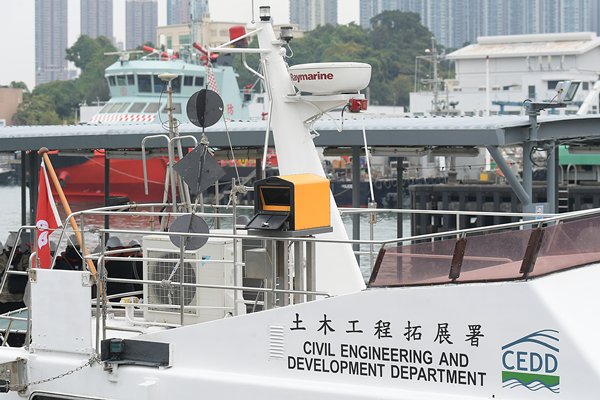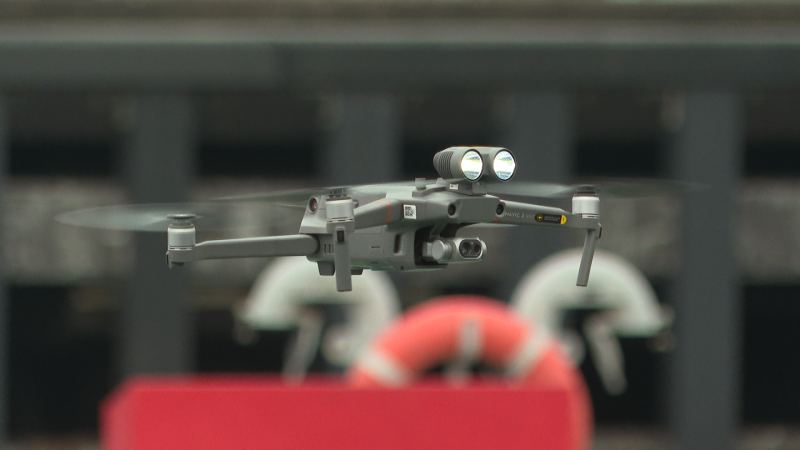Advanced tech boosts seaside safety
The Government is exploring the use of drones to fly into tight spaces underneath piers and perform safety inspections.
With the drone’s ability to take high-resolution images of pier substructures, there would be no need to construct scaffolding to provide safe access for inspectors.
The Civil Engineering & Development Department aims to conduct drone tests at 10 piers early next year.
“We hope that with the introduction of this new technology, we can also reduce the time, reduce the cost in erecting scaffolds to carry out inspections underneath the pile deck so that we can also improve our efficiency in the inspection,” the department’s Chief Engineer Alan Tang said.
Comprehensive checkups
The department maintains about 127km of seawalls and breakwaters and 318 piers and landing steps.
Diving teams usually carry out inspections of these structures, but this can be time-consuming and be dependent on many factors.
Mr Tang said: “This is usually affected by the adverse weather, the marine traffic conditions and also the tide level variations."
Since last year, the department has deployed a suite of advanced surveying equipment to fulfill the increasing demand for inspections of marine structures.
These include the Multibeam Echo Sounder & Laser Scanner System, installed on a boat.
The system produces detailed three-dimensional data by transmitting sound waves underwater to measure seabed profiles and scanning terrestrial profiles with laser beams.
An imaging sonar that produces digital images is also used.
Thinking ahead
These technologies proved useful in conducting emergency surveys on damaged structures after the passage of super typhoon Mangkhut last September.
At the damaged sewage treatment works located at Tui Min Hoi in Sai Kung, the surveying equipment was able to produce detailed three-dimensional data of the damaged structures even in murky waters polluted by the discharged sewage.
Mr Tang said the department is trying out new ways to respond to the emerging need for rapid safety assessments, adding that new technologies add value to the department’s inspection works.
“We can redeploy our resources into other detailed inspections so that we can be more comprehensive in carrying out the inspection of the marine structures.”





